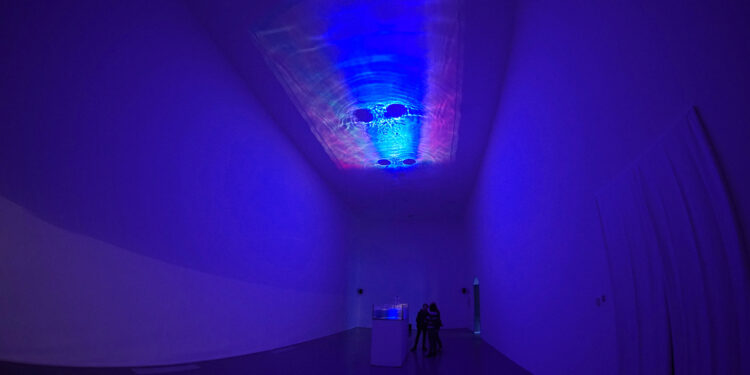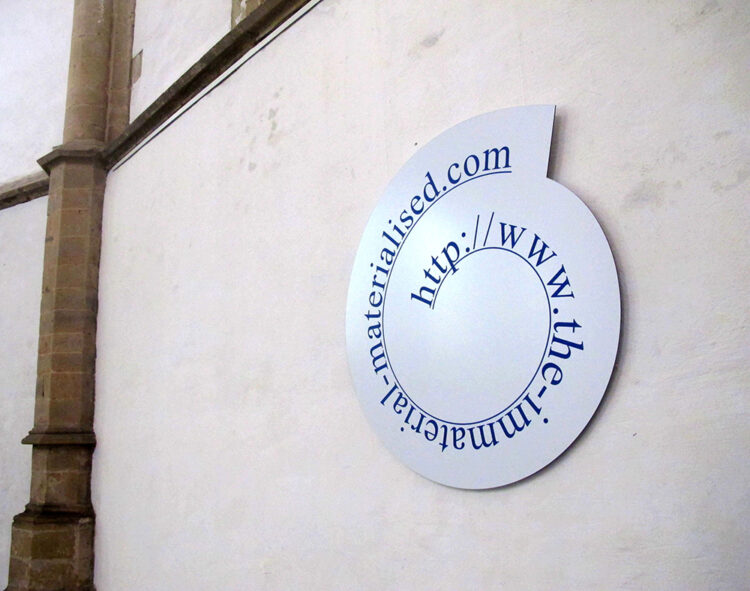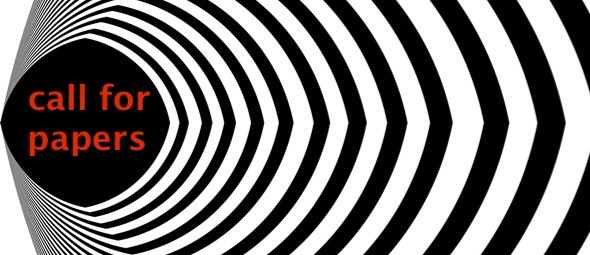Guest Editor: Maria Chiara Miccoli
Deadline for proposals: CLOSED
Zero has captured the imagination of scientists and philosophers alike. Scientifically, the concept of zero played an essential role in developing mathematics, physics, and computer science, to name a few. In philosophical movements such as Rg Veda and Mahãyãna philosophy, the understanding of zero is intertwined with the idea of nothingness and void.1 Although the origin of the mathematical zero is still uncertain, historians and mathematics agree that it was not until the 3rd – 4th century AD that zero was used as a legitimate number, particularly in India.2 A recent analysis of the Bakhshali manuscript — discovered in Pakistan in 1881 — revealed that the Hindu symbol for zero was initially a dot.3 Historians are still investigating how and when this dot became an empty circle. What makes this shift extra intriguing is that zero can be identified in Sanskrit through the words sūnya, meaning nothingness or void, and pūrņa, meaning fullness, which reflect zero’s metaphysical and ontological duality.4
Zero has also been explored in arts, such as the avant-garde Zero Group, founded in 1957 by Heinz Mack and Otto Piene. The group named itself Zero because the term indicates “a zone of silence and of pure possibilities for a new beginning.”5 The group experimented with the expressive possibilities of new materials made accessible by mass consumption, such as aluminium. For instance, in the sculpture Light Reliefs (1958), Mack imprinted geometric patterns in relief on aluminium foils, emphasising the movement created by the reflection of light on its surface. Furthermore, the group organised pop-up exhibitions, events and performances that expanded internationally, axial to both art movements and individuals.6

More recently, artists have been inspired by the number zero indirectly, in their interest in quantum physics and digital technologies. For instance, the artists Dmitry Gelfand and Evelina Domnitch make installations investigating perceptions and perpetuity. In their installation ER=EPR (2017), the artists recreate two black holes through a laser projection that expands two water rotating vortices into projected shimmering halos. Through the collaboration with physicists, the artists make artworks that question recent scientific discoveries.
Being at the base of computer code, zero is also the founding language of the virtual realm. Net artist Jan Robert Leegte explores the nature of digital immateriality and its manifestation within both the online and the offline realms. The artwork The Immaterial Materialised (2014) consists of a dibond sculpture with a printed URL corresponding to a virtual artwork accessible by digitising the domain name. By showing the multiple possibilities of representing an immaterial thing/entity such as a web link, Leegte’s artwork draws back the reflection on zero’s duality and versatility.

In line with Leegte, Gelfand, Domnitch and the Zero Group, for this issue we are interested in what ways zero – as a symbol, a concept, a number – has been adopted by contemporary and modern artists to expand on its simultaneous interpretation of void and fullness. Aspects we invite to question may concern investigating artists’ experimentations with the concept of void, which has been the source of intriguing interpretations, taking on different shapes in artistic representation, encompassing philosophical, spiritual, and scientific aspects. Another line of inquiry could be investigating collaborations between artists and scientists in creating multidisciplinary artworks based on physical phenomena – such as dark holes and black matter – to which the number zero is essential. You are also welcome to write about zero in relation to the digital (and digital art), inquiring how the concept of zero as emptiness and fullness relates to how technologies mediate reality nowadays. We invite artists, writers and researchers to overcome the boundaries between art, philosophy, and science, investigating zero from interdisciplinary perspectives.
In October 2021, the new art and science space of the Vrije Universiteit Amsterdam, the VU Art and Science Gallery, will present an exhibition dedicated to zero in dialogue with art, science, technology, and philosophy. The exhibition aims to open a discussion on zero from different perspectives. Interdisciplinarity will also be central to the online International Conference-cum-Workshop on Zero co-organised by the VU and the no-profit organisation Zero Project that will take place from October 2021 to March 2022, aiming to elucidate the origin of the numeral zero in the history of humanity. Therefore, in this upcoming issue of Kunstlicht, you are invited to contribute to this discussion by investigating how zero can be an inspired concept to several disciplines intertwined.
Selected authors and artists will be invited to write a 2,000 to 2,500-word paper (excluding notes) or submit an artistic contribution. Authors who publish in Kunstlicht will receive three complimentary copies. Kunstlicht is a volunteer-run academic journal and is not able to provide an author’s honorarium. Two years following publication, papers will be submitted to the freely accessible online archive.
Maria Chiara Miccoli is an art historian specialising in Contemporary Art History at Vrije Universiteit, Amsterdam. She is currently doing an internship as an assistant curator at the VU art department.
Kunstlicht is a volunteer-run academic journal for visual art, visual culture, and architecture, founded in 1980. It is affiliated with the Arts & Culture department of the Vrije Universiteit Amsterdam but operates from an independent foundation. Kunstlicht is published three times a year and features both scholarly and artistic contributions.
1 Shien, Gi-Ming. “Being and Nothingness in Greek and Ancient Chinese Philosophy.” Philosophy East and West 1, no. 2 (1951): 16–24.
2 Boyer, Carl B. “Zero: The Symbol, the Concept, the Number.” National Mathematics Magazine 18, no. 8 (1944): 323–30.
3 (Ancient Text Reveals New Clues to the Origin of Zero, 2021) Available at:
<https://www.nationalgeographic.com/history/article/origin-zero-bakhshali-manuscript-video-spd> [Accessed 21June 2021].
4 Coomaraswamy, Ananda K. “Kha and Other Words Denoting “Zero” in Connection with the Metaphysics of Space.” Bulletin of the School of Oriental Studies, University of London
5 Piene, Otto, “The Development of the Group ‘Zero,’” The Times Literary Supplement, Sept. 3, 1964, pp. 812–13, reprinted in ZERO, ed. Piene and Heinz Mack, trans. Howard Beckman (Cambridge, Mass.: MIT Press, 1973), p. xx.
6 Gazzotti, Melania. “Rethinking Art: Bernard Aubertin and Zero” (2016) available at <https://www.0-
archive.info/uploads/2/4/0/7/24071735/rethinking_bernard_aubertin.pdf > [Accessed 28 June 2021]

